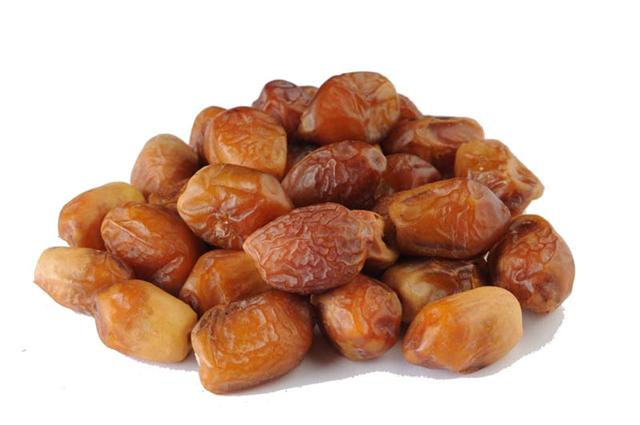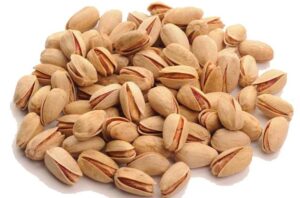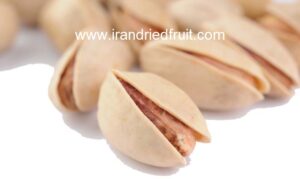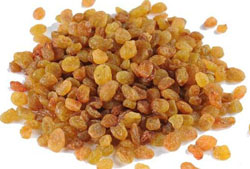A Sweet Option for Healthy Snacking
Managing diabetes requires careful attention to diet, particularly when it comes to carbohydrate intake. Many people wonder if dried fruit can fit into a diabetes-friendly diet. In this article, we will explore the relationship between dried fruit and diabetes, the nutritional benefits of dried fruits, and how to incorporate them into your meals while maintaining stable blood sugar levels.
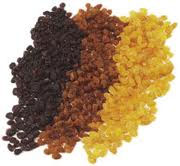
Understanding Dried Fruit and Its Nutritional Profile
Dried fruits are fruits that have had most of their water content removed, resulting in a concentrated source of nutrients. They are rich in vitamins, minerals, and antioxidants, making them a popular snack choice. However, dried fruits also contain natural sugars, which can impact blood sugar levels. Here’s a closer look at the nutritional profile of dried fruits:
Nutritional Benefits of Dried Fruits
1. High in Fiber: Dried fruits are an excellent source of dietary fiber, which can help regulate blood sugar levels by slowing down the absorption of sugar into the bloodstream. Fiber also promotes digestive health and can aid in weight management.
2. Rich in Antioxidants: Many dried fruits, such as apricots, figs, and raisins, are packed with antioxidants that help combat oxidative stress and inflammation in the body. This is particularly beneficial for individuals with diabetes, as they are at a higher risk for these conditions.
3. Vitamins and Minerals: Dried fruits are a good source of essential vitamins and minerals, including potassium, magnesium, and vitamin A. These nutrients play a vital role in overall health and can help support metabolic functions.
Common Dried Fruits and Their Glycemic Index
The glycemic index (GI) measures how quickly a food raises blood sugar levels. Foods with a low GI are generally better for individuals with diabetes. Here are some common dried fruits and their approximate GI values:
– Dried Apricots: GI of 30
– Raisins: GI of 64
– Dried Figs: GI of 61
– Prunes: GI of 29
– Dates: GI of 103
While some dried fruits have a higher GI, they can still be enjoyed in moderation when balanced with other foods.
How to Incorporate Dried Fruits into a Diabetes-Friendly Diet
Incorporating dried fruits into your diet can be beneficial, but moderation is key. Here are some tips on how to enjoy dried fruits while managing diabetes:
1. Portion Control
Dried fruits are calorie-dense and can contain concentrated sugars. It’s essential to practice portion control. A serving size of dried fruit is typically about 1/4 cup. Measuring out your portions can help prevent overconsumption.
2. Pair with Protein or Healthy Fats
Combining dried fruits with protein or healthy fats can help stabilize blood sugar levels. For example, try pairing dried apricots with a handful of nuts or adding raisins to a yogurt parfait. This combination can slow down the absorption of sugars and provide sustained energy.
3. Choose Unsweetened Varieties
When selecting dried fruits, opt for unsweetened varieties whenever possible. Some commercially available dried fruits are coated in added sugars or syrups, which can significantly increase their glycemic load. Always check the ingredient list to ensure you’re making a healthy choice.
4. Incorporate into Meals
Dried fruits can be a delicious addition to various meals. Consider adding them to salads, oatmeal, or whole-grain dishes. For example, a quinoa salad with dried cranberries and nuts can provide a nutritious and satisfying meal.
5. Monitor Blood Sugar Levels
If you have diabetes, it’s essential to monitor your blood sugar levels regularly. Pay attention to how your body responds to dried fruits and adjust your intake accordingly. Keeping a food diary can help you track your blood sugar responses to different foods.
